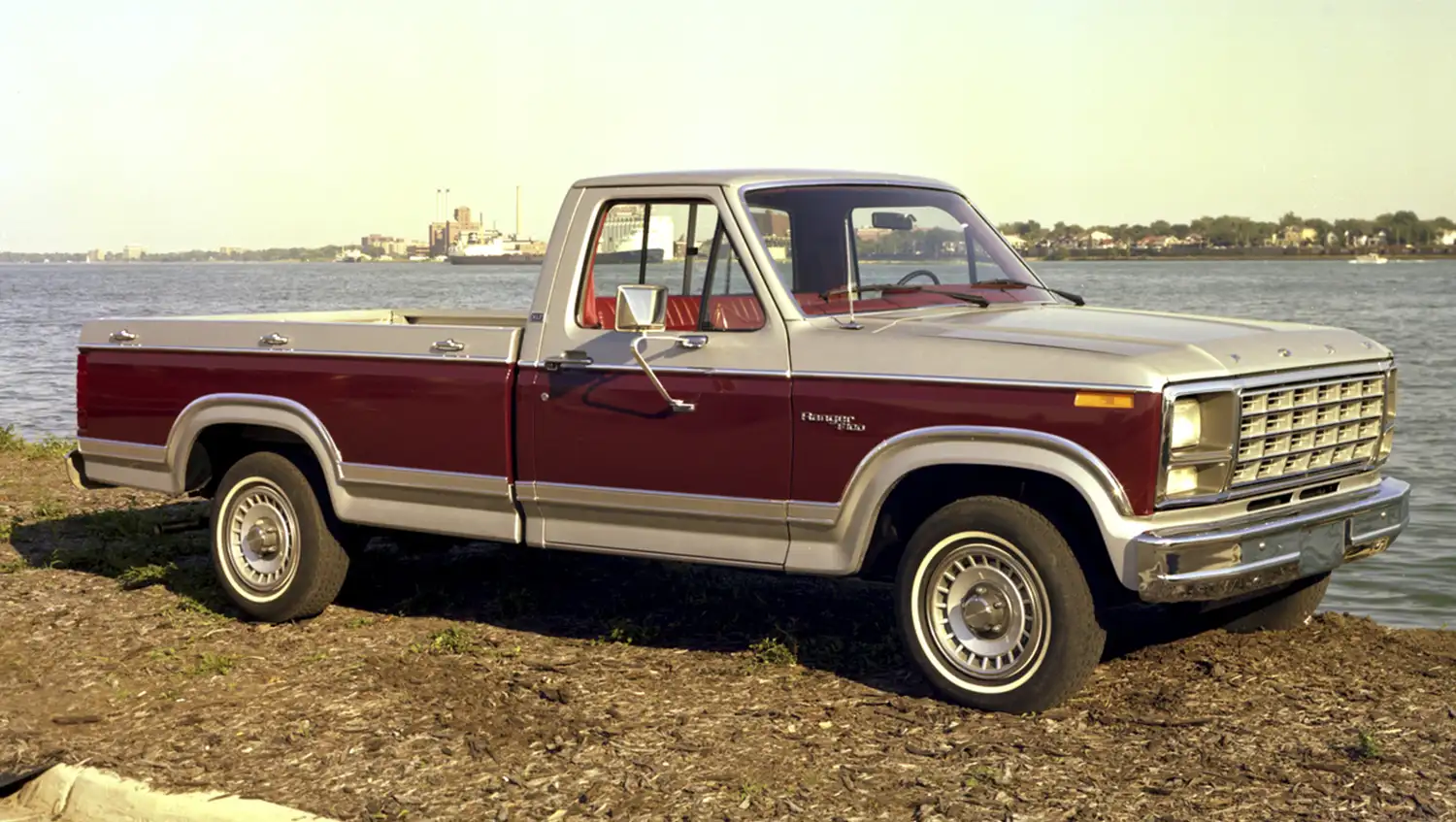
The 1980 Ford F-100 Ranger stands out as a significant model in pickup truck history. It was part of the all-new seventh-generation F-Series. This particular truck was more than just a simple work vehicle. It blended practicality with a surprising level of comfort and style. The 1980 Ford F-100 Ranger pickup truly helped transition trucks into personal transportation. It showcased Ford’s focus on aerodynamics and a lighter design for better fuel economy.
The Seventh Generation’s Powerful Debut
The 1980 model year marked a completely new design for the F-Series. This was the first major change since 1965. The new platform was lighter and more efficient. The F-100 Ranger was available with a few engine choices. The standard engine was a reliable 4.9L “300” inline-six. This engine produced around 117 horsepower. For more power, a 5.0L “302” V8 was an option. This V8 delivered about 130 horsepower. Performance was a respectable 14 to 16-second 0-60 mph time.
The 1980 Ford F-100 Ranger’s New Engines
Ford also offered other engine options in the F-series lineup. These engines included the “351” V8. They did not appear on the F-100 model. The F-100 was intended as a lighter duty truck. The transmissions for the 1980 F-100 Ranger included a three-speed automatic. A four-speed manual was also available. The new designs focused on efficiency. They also provided a solid foundation for future performance models. The F-100 was more than capable of handling daily tasks.
Design and Heritage Highlights
The 1980 F-100 Ranger featured a new, cleaner style. It had straighter body lines. Its front was more aerodynamic. The “bullnose” nickname came from its slightly slanting grille. This grille met the curve of the hood. The interior was more comfortable and functional. It had new controls. These were positioned for easier access. Ranger was a trim level. It added features like a bright grille. It also had bright moldings. There were also brighter hub caps. The Ranger trim made the truck look more luxurious.
Upgrades on the 1980 F-100 Ranger
The 1980 model introduced some key features. These features improved both practicality and comfort. Double-wall construction was used in the pickup box. It was also used in the tailgate. The cab roof featured this new construction as well. This made the truck more durable. Ford also included standard radial-ply tires. These were on the F-100 and F-150. Halogen headlamps were also made a standard feature. An inside hood release was a new anti-theft feature.
The Ranger’s Place in History
The F-100 Ranger played a crucial part in the truck’s story. It was a bridge from the F-100 to the future F-150. The F-100 was eventually phased out. The F-150 became the new standard. But the Ranger trim level lived on. This particular model laid the groundwork. It helped cement Ford’s dominance in the truck market. It proved that a truck could be both a tool and a vehicle. It had a design that aged very well. This F-100 Ranger has earned its place. It is a true American icon.
In summary, the 1980 Ford F-100 Ranger is a special truck. It represents a turning point for the F-Series. It brought a new, modern design to the public. It also improved on fuel efficiency and comfort. This vehicle’s legacy is found in every modern truck. It proved that form and function can work together. This truck is a testament to Ford’s commitment to quality.
Disclaimer: This article is for informational purposes only. Vehicle details may vary based on specific model, trim level, and options.
Source: Ford Heritage Vault
